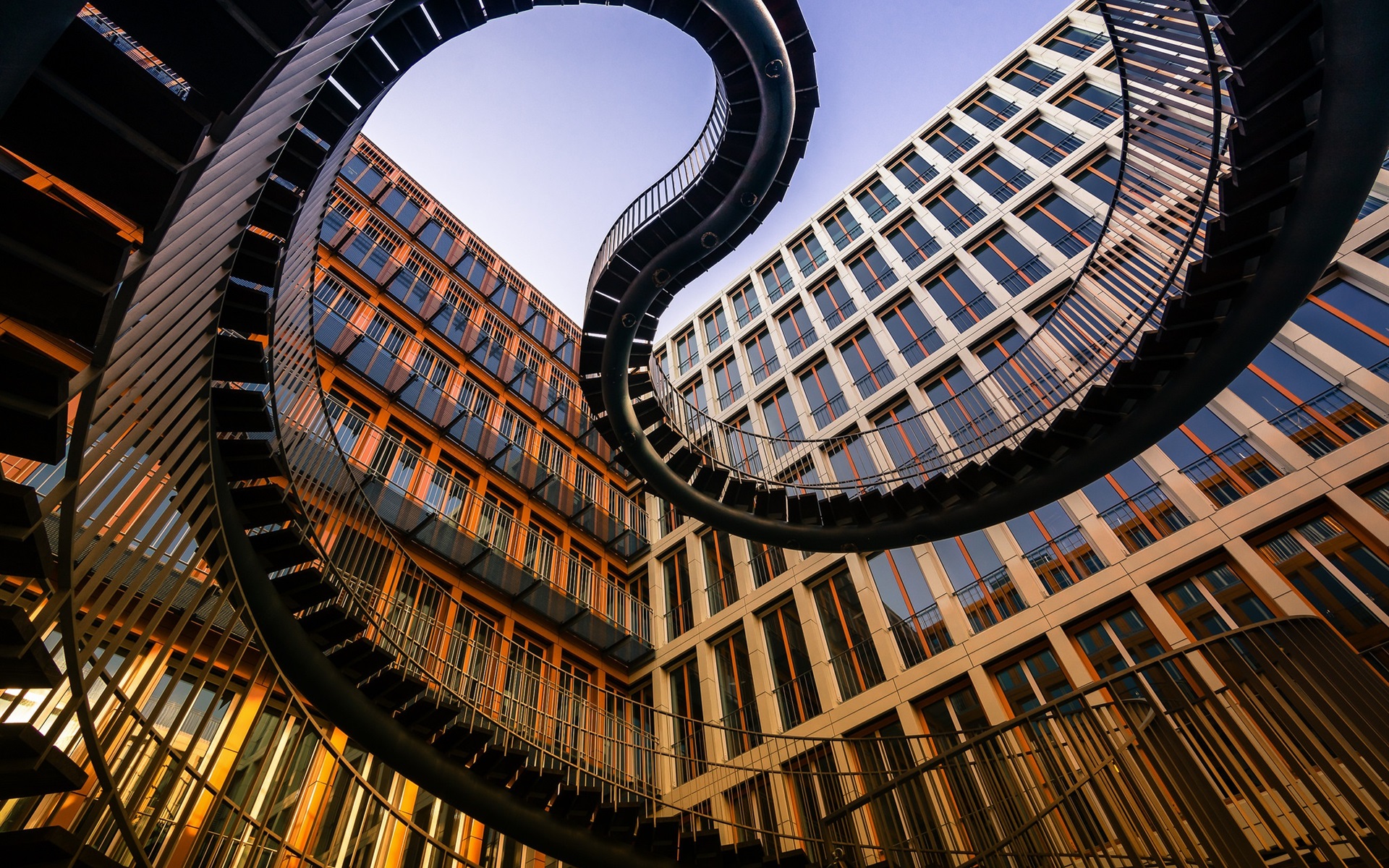Architecture is always around us and can be described as the only true form of public art, constantly at the mercy of public opinion to be judged. The direct relationship between the beauty of architecture and what one feels when one sees it, makes it difficult to define beauty as a quality, or rather as an emotion aesthetic appeal.
For a building, to be iconic and timeless, it has to be so beautiful. Because beauty in architecture brings joy and happiness. But where does beauty begin in architecture?
Platon believed that beauty was not something that could be defined. He believed that beauty was subjective to each viewer and that the viewer could change their perception depending on who was describing it. This analogy is shown in Platon’s Cave, where the prisoners in the cave cannot see anything around them except shadows in front of them, unaware of what the true shapes of the objects were. When a prisoner was finally free from the cave, he couldn’t believe what he was seeing for the first time was real. Then, he realizes that his previous view of reality was wrong and begins to understand the world around him through truth and knowledge, meanwhile the prisoners in the cave still confuse illusion with reality.
This Platonic analogy is the key to human perception of beauty. If people understand Platon’s allegory of the cave in an architectural sense, they can theoretically design and build an environment that will attract all the shadows that we represent.
But it is impossible to get just good things, so attention must be placed also in the consequence of bad architecture that can create negative feelings. Architecture can make people feel uncomfortable and unwelcome too, and we know it because shocking buildings push boundaries and bring emotions to the surface. The ugly building challenges people’s perceptions of themselves and the world they live in, it forces people to move forward. It’s not about if the building makes people feel good or bad, it’s about movement, about emotional connection. A sense of intensity, passion and commitment. All the feelings that people associate with the sense of beauty in architecture and the environment that surrounds it.
Experiencing beauty is crucial to what makes us human. We can find beauty in different things at different times. However, the delight in the surrounding architectural form and space is universal, as spatial compositions evolve, so creates and develops our understanding of the meaning of beauty.

